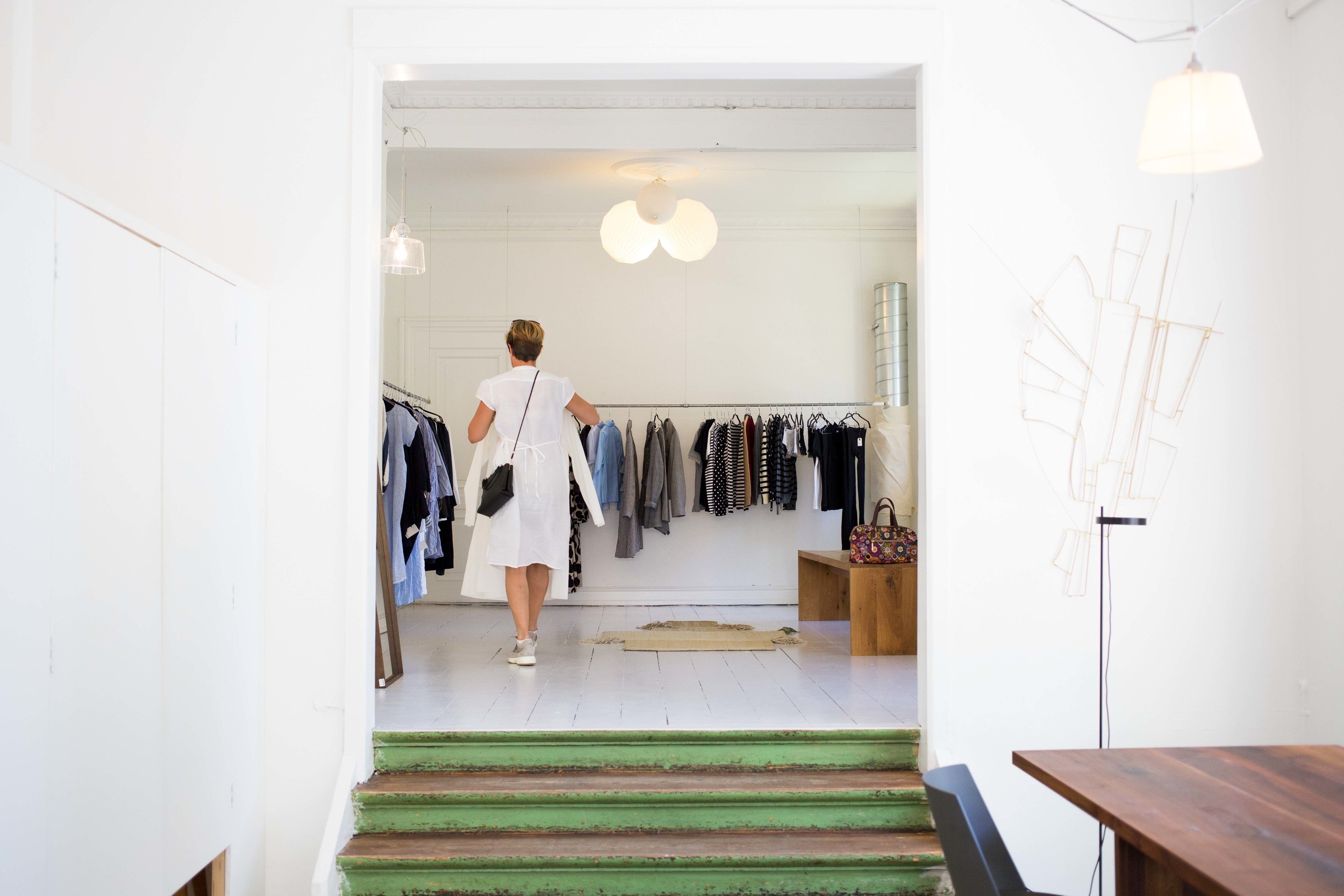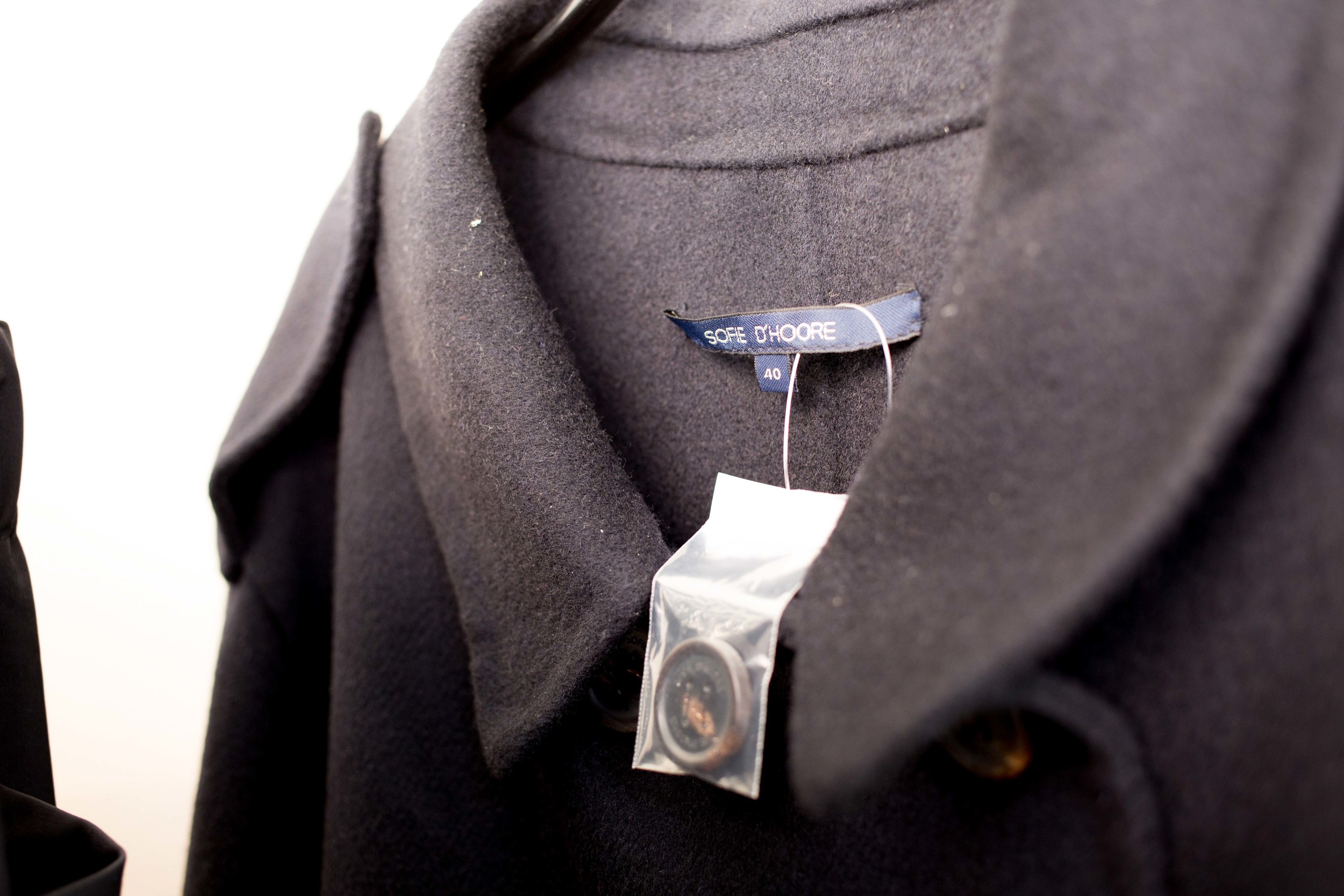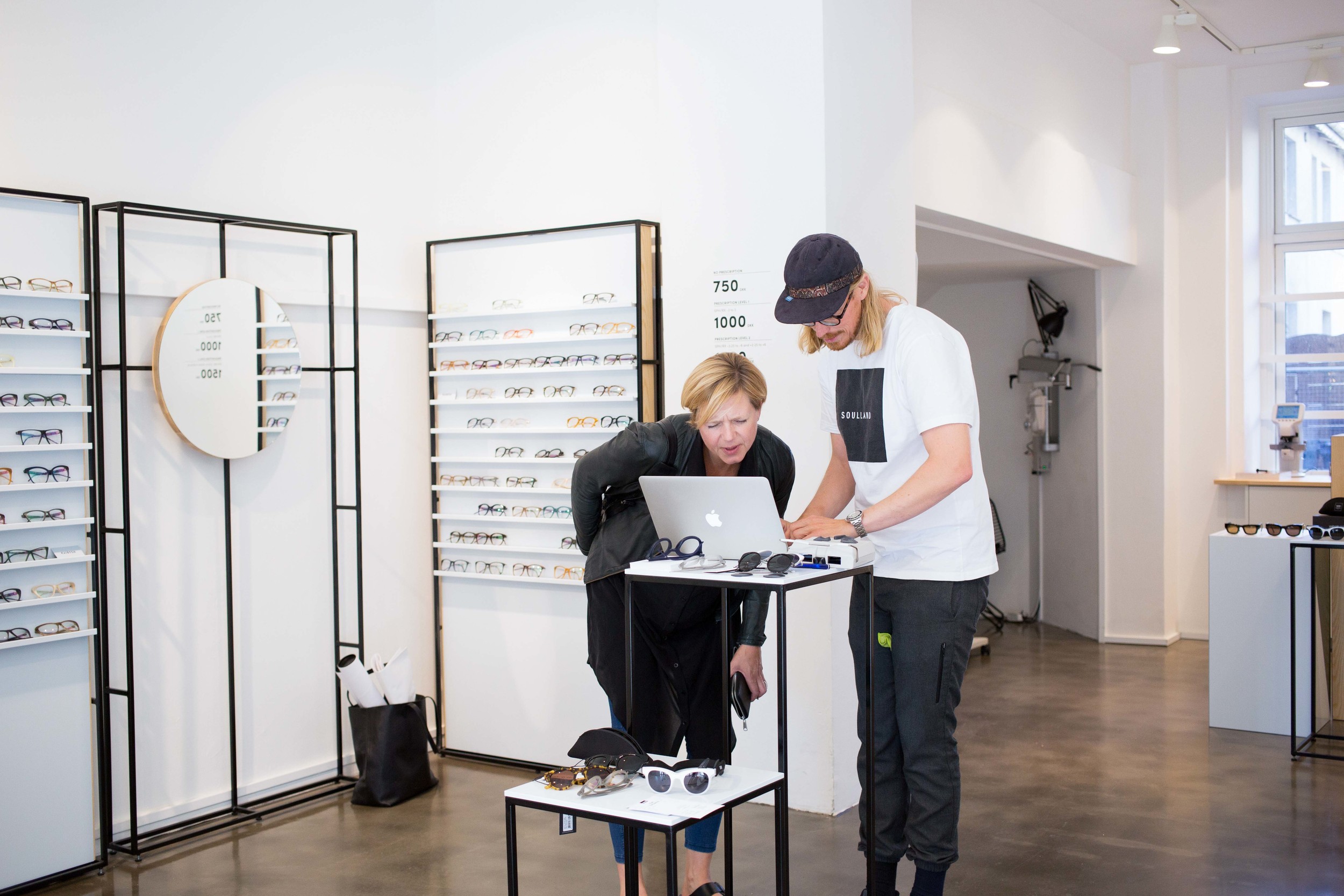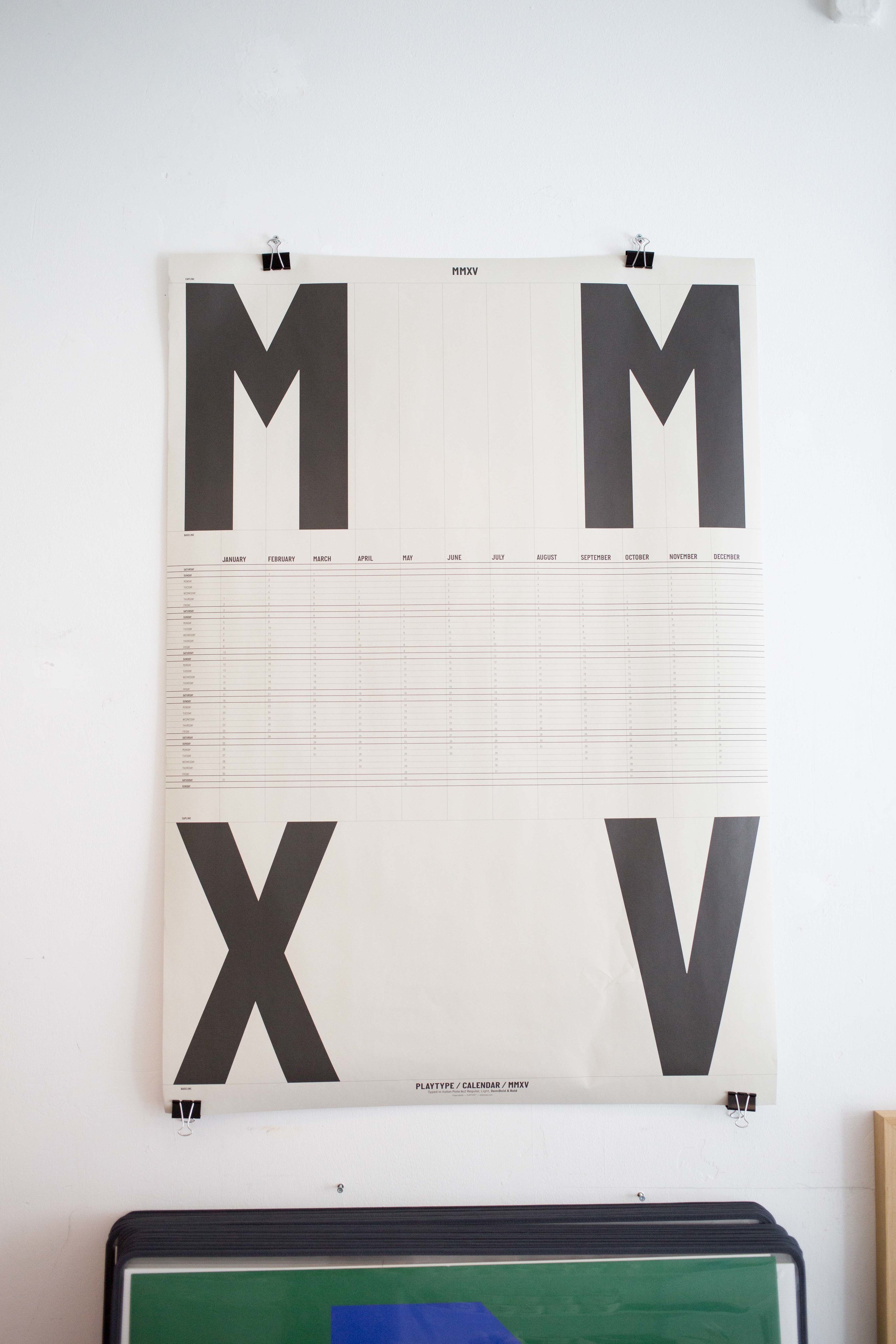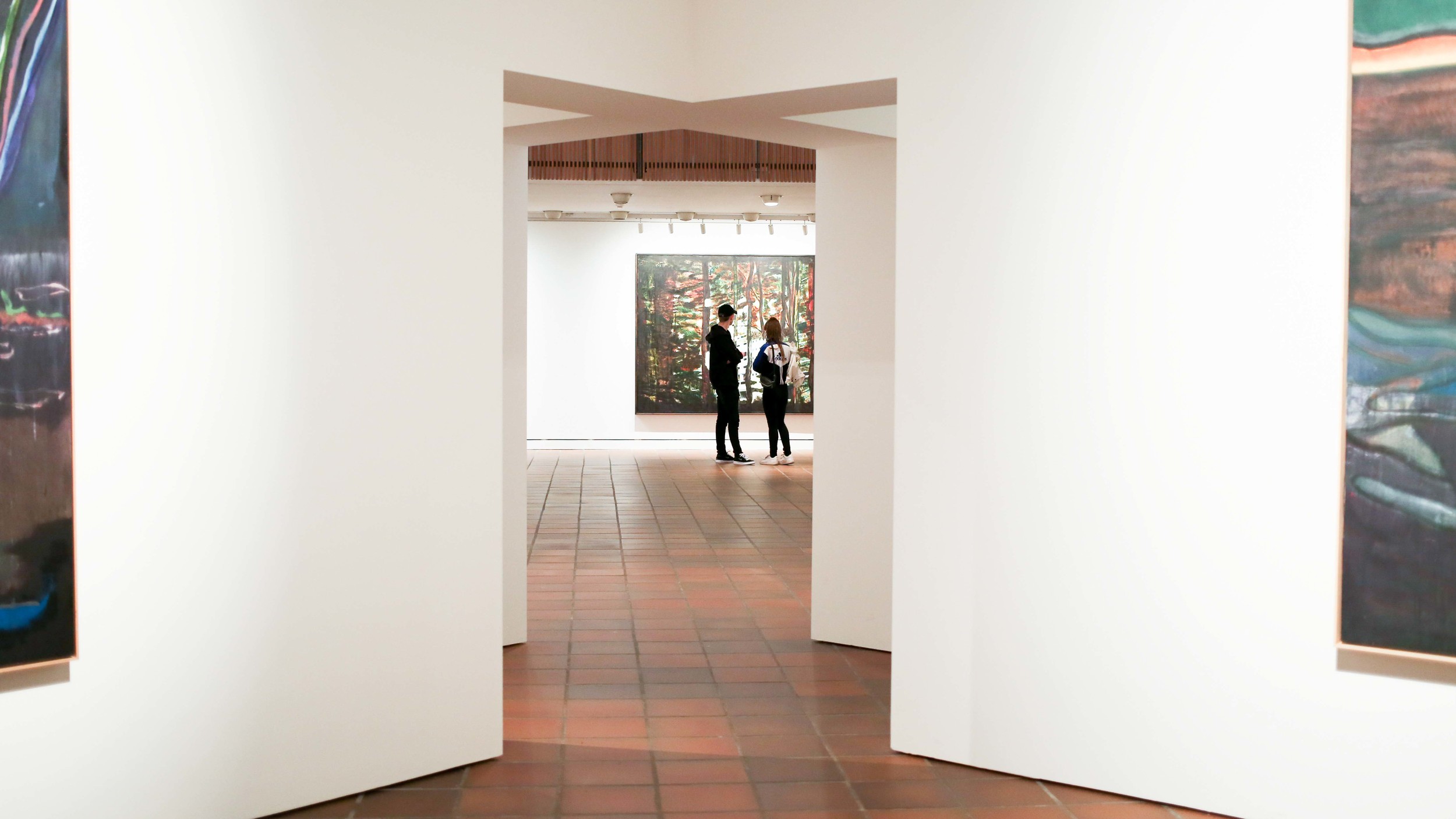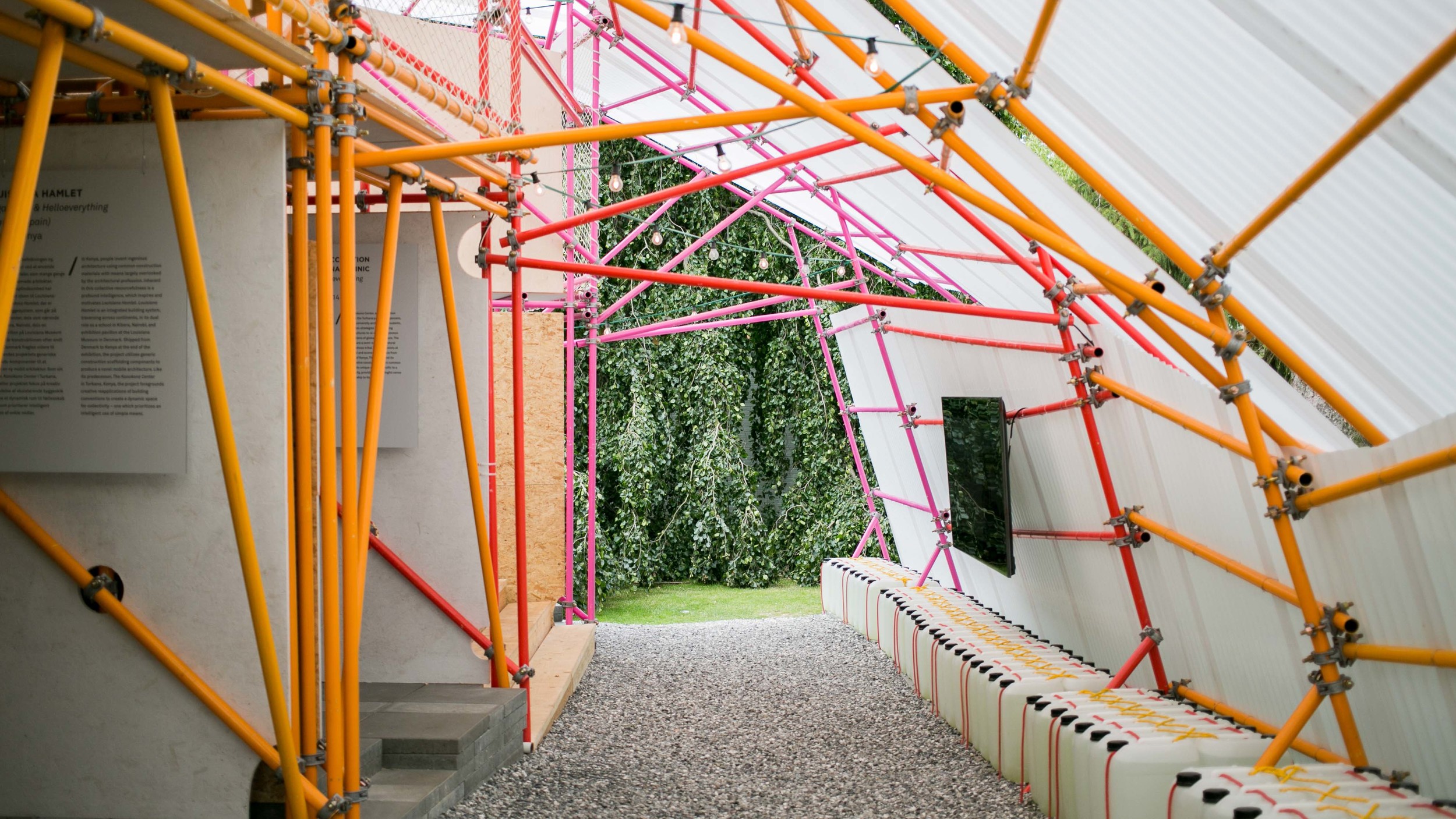I haven't written much about shopping in Copenhagen but if you meet anyone who knows me, I am pretty infatuated with clothes. Having sewn some clothes for myself, I have learned to appreciate fabric, patterns, stitching, and just pure craftsmanship from designers who specialize in this field. I'm always looking for interesting cuts and I love finding material that consists of thoughtful quality while backed with intention.
I work in the technology field and there are moments where I think about digital product design as clothes making/design. Let me explain.
Parallels to clothes-making and technology:
1) Pattern makers are your back-end architects and developers.
"What are you talking about?" you might ask. But have you ever met a pattern maker? These people are geniuses. Material is their data and they think about multiple things as they architect their plan to create various sizing for one style of clothing. Our human body is their ultimate goal but the production process is really what they are designing for and if they do it right, everyone else has what they need to finish the product. "Will this die cut be durable for the amount of production requested?" That question is not so different from, "Will this system be able to handle multiple queries and modular data flow?"
2) Sewers are your front-end developers.
Sewing can get really technical. The type of stitch needed can make or break how something drapes onto your body (a component of interaction design). Some clothing designers have a fit over whether or not they should start on a half-stitch or a whole stitch - no joke. You pixel perfect people out there are not alone and your tribe extends far beyond the digital community. Our body sizes are the devices you code responsive design for and it matters how you organize your bootstrap logic in order to get the product to surface correctly. Coincidence? I think not.
3) Clothing designers are your UX/UI folks.
I have a fundamental belief that UX should not be separated from UI but I won't have enough space here to comment on that. I'll save that for later. Regardless, here is where the questions and design decisions get really tricky and again, not at all different from the fashion world. Is this relevant to what is currently out there on the market? Has this already been made? If not, what is out there that we can benchmark off of to make this product/dress better? Tell me more about how your foot feels while walking in this shoe. Do you feel confident that wearing this will keep you warm when walking outside during winter? Is this color palette configured to your personality/industry? And the list goes on.
I could keep going with this but an important point to make here is that it is imperative that clothing designers work with pattern makers and sewers constantly so that the end design is actually what was intended. This helps production flow to meet its potential and sewers know why starting at a half-stitch will actually change the product as well as influence how people interact with it when they put it on. So, the real question is, why do we separate these people in tech? Ideal teams all work together but I have seen many a time where back-end architects and developers don't even get to talk to UX/UI folks when assigned to a product. Or, front-end developers get left in the dark when handed screens to produce and have no idea how the product is suppose to behave and why.
I challenge technology teams to really explore other mediums to see how craftsmen are working to produce whatever thing that they are tasked with. There is much to learn from physical product making and I think that more teams should learn collaborative processes in other mediums. I'm pretty confident that if they do experience this, our digital products will be that much better.
Enough of this though - take a look at some shops I visited.
